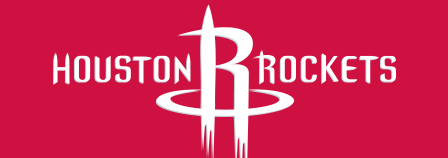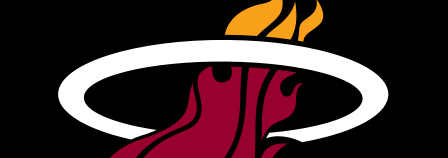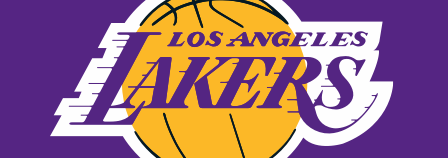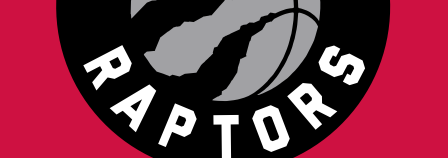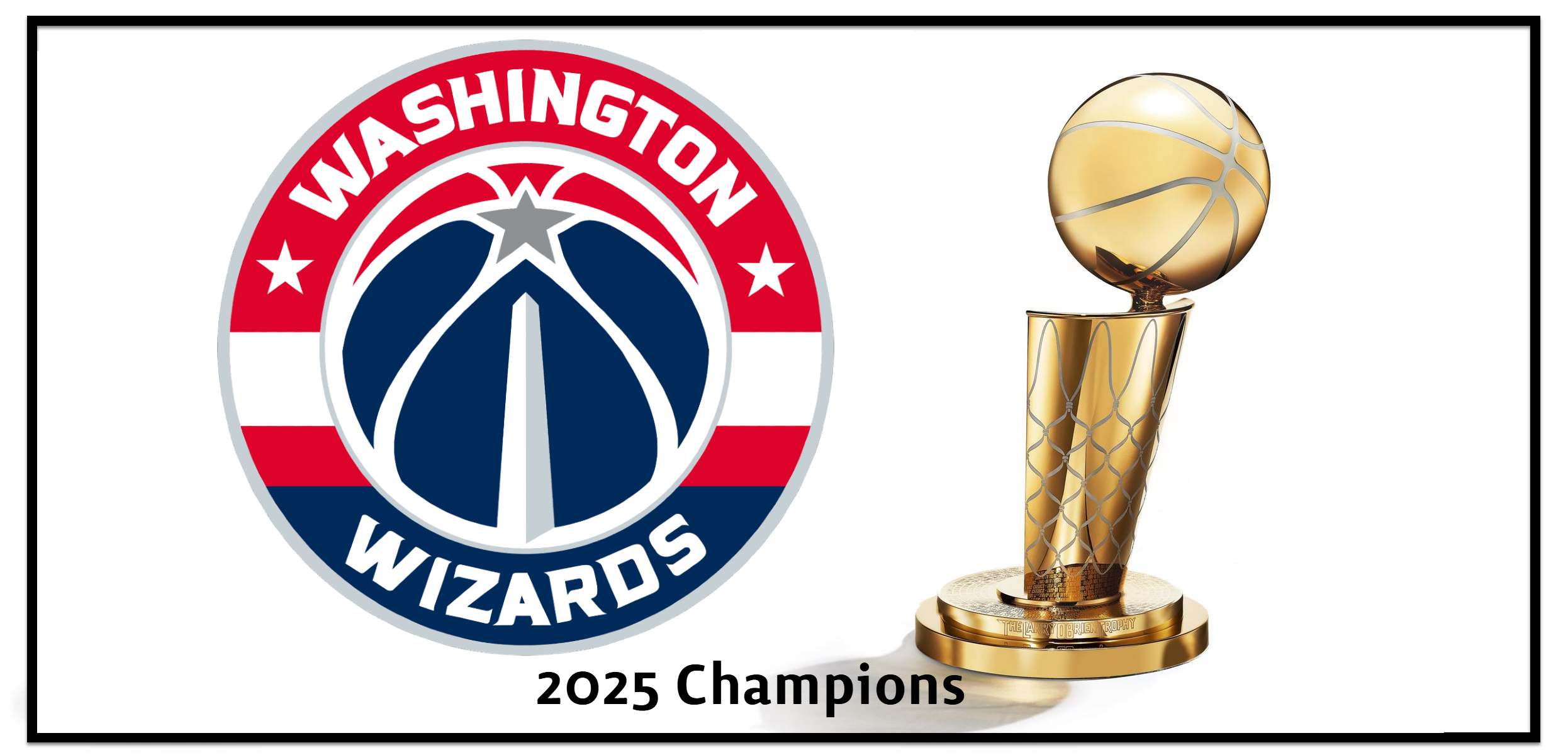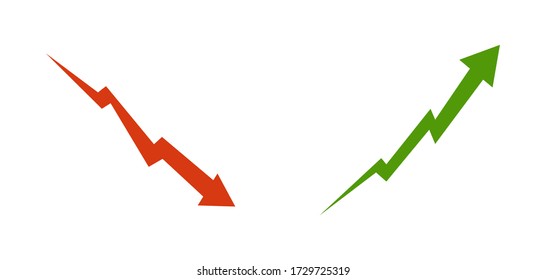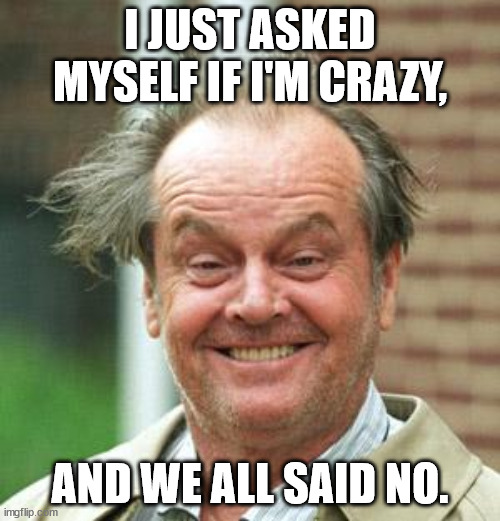NSL Insider - Premium: Why trade market stalledby jmac, updated on Wednesday, February 09 2022, 11:41 am EST NSL Economic Crisis: Why Has The Trade Market Ground To A Halt?
The Findings
This is the third season of NSL basketball. At a glance, the distribution of contending/competing/growing/losing teams sees to see almost two thirds of the league fall into the first two categories. With so many teams motivated to compete and win, win now assets become more expensive, rare, and therefore hard to find and even harder to offer a deal that entices the manager who is willing to sacrifice winning. Teams that have had a taste for winning have most likely composed a team of experienced players and likely moved most of their picks; think about San Antonio, or Charlotte, Portland or Chicago. There are exceptions, like New Orleans, Memphis and Milwaukee. But for the most part, teams have played their hands in terms of current and future assets, and the ability to entice a willing seller when you only have veterans is tough.
For the majority of the league, this is the third season of a fully immersive, committed experience, in which lots of observing and analysing and evaluating has been conducted. Are managers just more wary to move assets too hastily? Is there more commitment to organic growth and patience, as opposed to short term risks/gains? I think after a frantic start to the shopping spree, it seems like a lot of the coupons might have been spent. Risk Aversion Is it just me, or are contracts getting shorter? It feels like each free agency, cycle more and more players find themselves in the pool. Player empowerment means more risk for teams in securing their assets from year to year. Managers are more likely to want to hold onto players with longer term contracts, as the return for an upcoming free agent, despite being stars or talented, has never been less enticing. With salary pretty out of control, there’s so few teams (and ways) to secure expensive, talented free agents outside of MLEs.
I alluded to this in the direction section, but I can reiterate. Have you seen Utah, Memphis, Philadelphia, to name a few? Each team began their NSL run with five 2nd rounders. These three teams, possess 40% of the leagues 2nd rounders. Wild. So, as in society, when such a minority control so much of the wealth/assets, it gets hard for the common man to really gain ground. A team that hoards picks, values picks. A team that wants picks, needs to trades players. But teams that have the picks, do not want the players. And here we are, the molasses. Those teams that spent all their picks, also known as fun coupons, so freely, have contributed heavily to the disproportion.
There are some really strong teams. There are some really bad teams. There are plenty of teams in the middle, deciding whether to try to climb or to try and sink. Some teams are more sentimental than others, and prefer to try and win with what they have, than trade what they have to try and win bigger. Success is a subjective evaluation, and some teams just enjoy retaining and possessing players and seeing them grow. Better the devil you know. Inability to Evaluate Effectively
There you have it, my findings on why the trade market has had a down year. Will next season bring better tidings? I hope so. To all of those who play the market, hang tough, and better luck next time. |
Archive· Premium: Too Early 2021 Redraft Pt1 · Premium: Why trade market stalled · Premium: The strength of each team |


